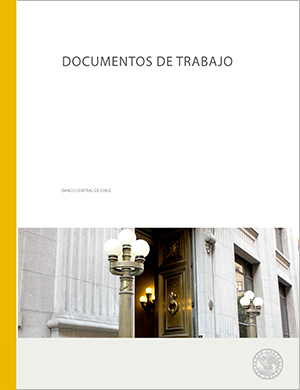Working papers N° 435: Predictibilidad encubierta en economía: el caso del tipo de cambio nominal chileno
Working papers N° 435: Predictibilidad encubierta en economía: el caso del tipo de cambio nominal chileno
Publications
Working papers N° 435: Predictibilidad encubierta en economía: el caso del tipo de cambio nominal chileno
Autor: Pablo Pincheira
Description
In this paper we give arguments in support of conducting inference when models are evaluated by their ability to predict out of sample. It is argued that simple decision rules based upon direct comparisons of out-of-sample Mean Squared Prediction Errors (MSPE) may be equivalent to carrying out inference with a confidence level of only 50%. In addition, following McCracken (2007) and Clark and West (2006), we provide evidence via Monte Carlo simulations, of the non-normality of the asymptotic distribution of the difference of MSPE when models are nested. This means that when comparing predictive ability against a random walk, this simple model may outperform an alternative and true data-generating process. This anomaly is called “hidden predictability” meaning that the true predictability of a time series may be hidden behind a veil of parameter uncertainty affecting the true model. “Hidden Predictability” may be detected with some recently developed tests. We illustrate the detection of this type of predictability providing examples from two previous papers that explore the ability to predict Chilean exchange rate returns.
Working papers N° 435: Predictibilidad encubierta en economía: el caso del tipo de cambio nominal chileno
Boxes and graphics

